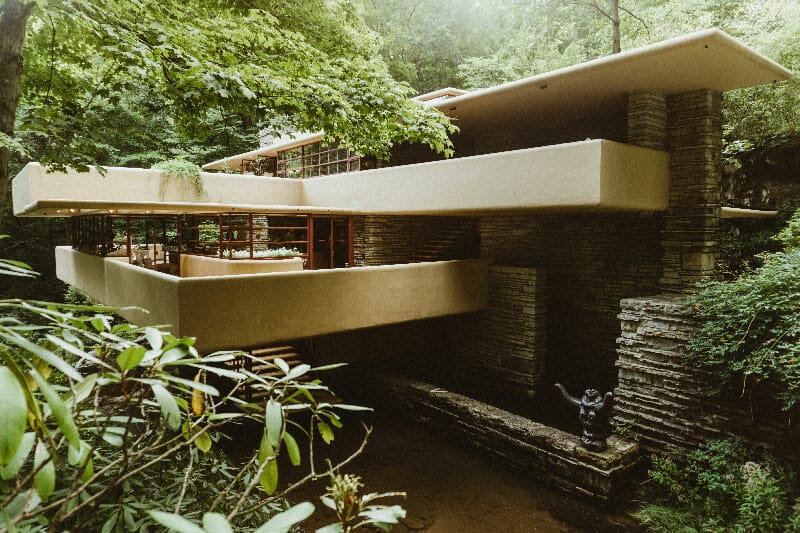The term Craftsman (sometimes interchangeably used with “bungalow”) is a familiar house style to anyone who lives in a historic neighborhood like the Heights or Hillcrest areas of Little Rock. Craftsman houses are cozy homes, adorned with hallmark deep porches and thick columns. Their interiors are designed in a more open floor plan fashion than other historic homes, and their rooms are adorned with beautiful woodwork, beams, and a fireplace that serves as the center of the home.
The Craftsman home concept here in the United States began across the ocean in 19th century Britain. The Arts and Crafts Movement gained ground as the Victorian “more is more” attitude toward homes and décor fell out of favor. Prominent architects and designers were dismayed at the cheap mass production of goods and services for homes, as well as the Victorian cluttered style. Home décor consisting of busy wallpaper, heavy drapes, crowded bookshelves and over-the-top gingerbread became passe. The Arts and Crafts movement sought to create homes where more value was placed on handmade goods, finer quality production, and a more peaceful, natural, simplified type of home. Nature themes were prominent, including stonework, stained wood, shingled siding, and tile and wallpaper designed with vines, flowers and animals.

William Morris, a British textile and wallpaper designer, was one of the leaders in this movement. His wallpaper designs are synonymous with Arts and Crafts and are still prominently used in Craftsman homes today. He was akin to the Marie Kondo of his day and was quoted as saying, “If you want a golden rule that will fit everything, this is it: Have nothing in your houses that you do not know to be useful or believe to be beautiful.” The Arts and Crafts Movement then made its way to the United States and gained traction when furniture maker Gustav Stickley started The Craftsman magazine. The term “Craftsman” was originally coined in reference to home blueprints available in the magazine, but soon gained traction as a catch-all phrase for the Arts and Crafts Movement here in the U.S.

Stickley created clean-lined wooden furniture, a far cry from the overly ornate Victorian pieces. He was a proponent of the concept of the bungalow, a smaller, simpler way for middle-class families to own well-built, artistically made homes. Craftsman homes began appearing in mass in southern California during the end of the 19th century and the beginning of the 20th. Deep eaves, redwood interior woodwork, and horizontally lined porches became the trademark features of these homes. Craftsman-style home designs then spread across the country for many reasons, but also in some measure because of the affordable Sears House Kits. These “kits” came with all the supplies needed for building a home, complete with house blueprints and pre-cut lumber, and they featured numerous Craftsman-style homes.

Craftsman houses became “out of style” after WWII. Servicemen returned home to families, or to start families, and the modern “ranch” style home boom began. But one type of home, rooted in Craftsman style, survived falling out of favor. The Prairie-style home movement was spearheaded by Frank Lloyd Wright and is considered to have deep ties to the Craftsman movement (and some consider it one of its subcategories, like Mission-style homes). These modern-style homes remained popular long after Craftsman houses went out of fashion thanks to their similarities to mid-century modern houses.
These days, Craftsman homes are appreciated for the welcoming, cozy historic homes that they were built to be. The trend toward white-painted woodwork (and everything) is turning, as more and more homeowners seek to return interior woodwork to its original stain. These homes deserve to be treasured and restored to their original glory, free of chrome and modern fixtures, and instead filled with soft yellow light, warm woodwork, and the copper accents that originally adorned them, complete with the simple Arts and Crafts message of less is more, and nature is beautiful.


